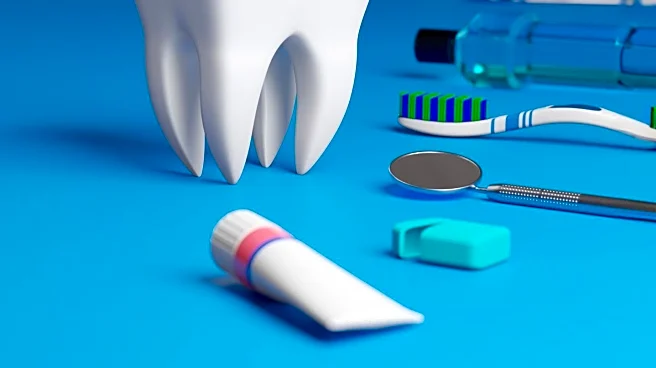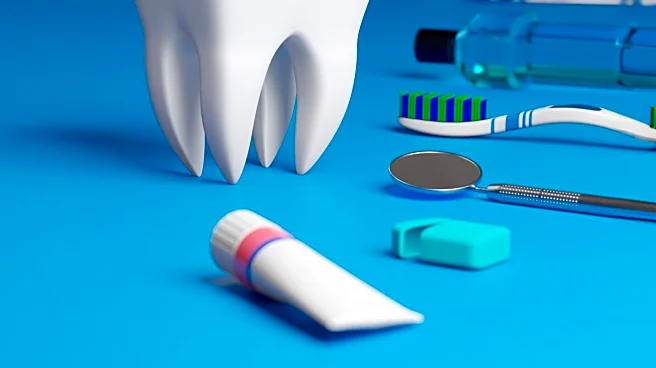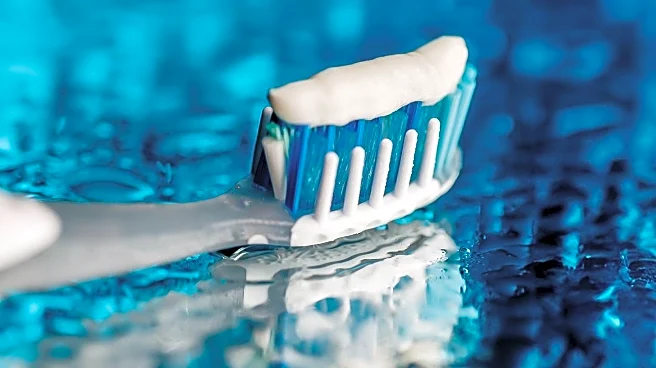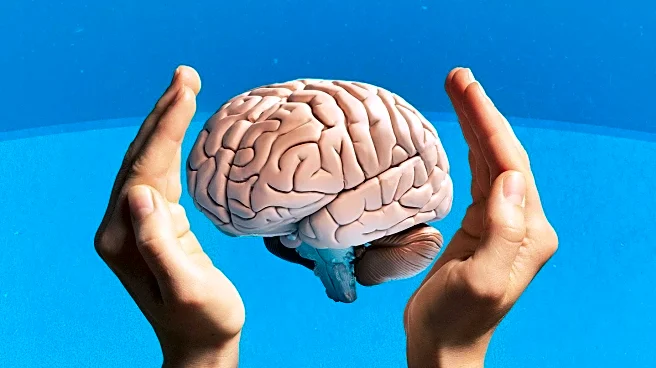Rapid Read • 7 min read
Researchers at King's College London have discovered a method to regenerate tooth enamel using keratin, a protein commonly found in hair. This breakthrough involves extracting keratin from sheep wool and combining it with artificial saliva to create a substance that mimics tooth enamel. The keratin-based material can fill cavities and provide enamel-like protection, potentially revolutionizing dental care. This innovation addresses the limitations of current dental treatments, which often involve toxic resins and are not as effective as natural enamel. The research, published in Advanced Healthcare Materials, highlights the potential for keratin-based products to be used in daily toothpaste or as a clinically applied gel.
AD
This development could significantly impact the dental industry by providing a sustainable and effective solution for tooth decay, which affects billions globally. Current treatments for dental decay are often inadequate, leading to persistent pain and high healthcare costs. The keratin-based approach offers a non-toxic alternative that could restore tooth function and aesthetics. Additionally, this innovation aligns with a circular economy model, utilizing waste materials to create valuable healthcare resources. The potential for keratin-based products to be available within a few years could transform dental care practices, offering patients a more natural and effective way to maintain oral health.
The next phase involves further research and development to refine the keratin-based technique and ensure its scalability and bioavailability. Collaborations with industry partners will be crucial to bring these products to market. Researchers aim to develop various applications, such as daily toothpaste or clinical gels, to cater to different consumer needs. As the technology progresses, it could lead to a shift in dental care practices, emphasizing preventive and restorative treatments using natural materials. The dental industry will be closely watching the outcomes of ongoing studies to evaluate the long-term benefits and potential for widespread adoption.
AD
More Stories You Might Enjoy










